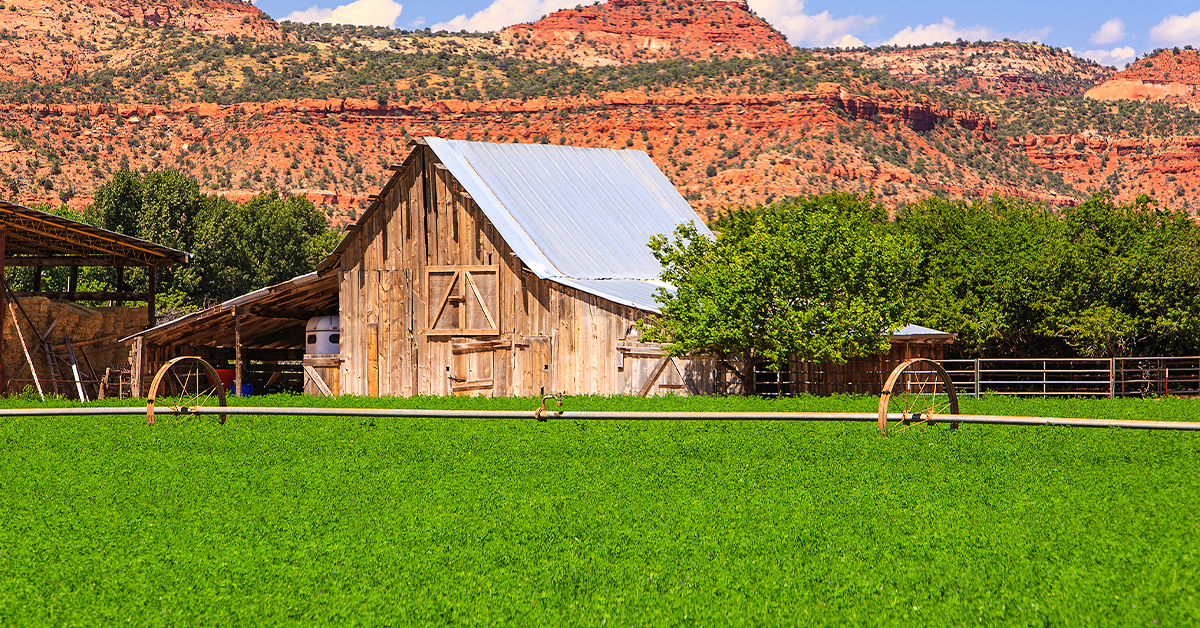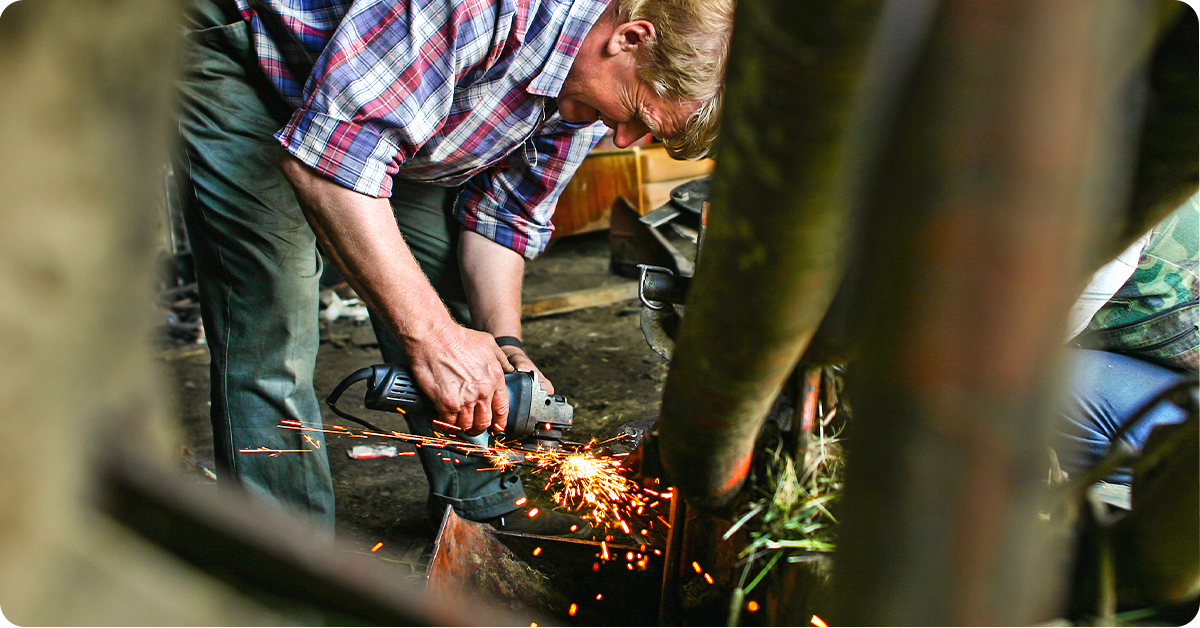
Spring and summer are usually crazy and hectic months for a farmer—there is usually more to do than time to do it. However, some chores accomplished in the fall and winter will make things go smoother next year and can potentially make a big difference in your alfalfa production and your pocket book. Let’s address some of those things.
1. Planning
Hopefully, you leave yourself a little time between fall hunting and taking a well-deserved winter vacation to do some planning.
Fall and winter are a good time to look at production records or just to consider what you have seen in each field so you can address any concerns or problems that have arisen.
Production records can help determine which fields are performing well and which may need to be rotated out. Looking at current commodity prices can also help to plan your strategy for next year.
2. Budgeting
I know this can be a four-letter word for some people, but taking time to address your farm’s finances can be time very well spent.
Sitting down with your accountant (before the end of the year) can help you to determine if purchasing new machinery or putting a down payment on your fertilizer account at IFA, will be helpful for tax purposes.
3. Weed Control
Fall is a great time to address weed control. Weed control is one of the major factors that affects quality and is something that, in many cases, is fairly easy to control. Several choices of chemicals can be used during the time when alfalfa is dormant that will provide weed control for much of next year. Contact your local IFA Crop Advisor to determine the best chemicals to use for your specific situation.
Read more about the benefits of creating a Fall Weed Control Program
4. Fall Harvesting
Deciding when to cut your hay for the last time can be critical to winter survivability of your alfalfa stand. A good rule of thumb is not to cut your hay within six weeks of a killing frost.
Each time you cut your hay, the plant has to draw from its root reserves to regrow the plant. This weakens the root system until the plant has enough top growth to start creating carbohydrate reserves to store back in the roots. Cutting too close to a killing frost will make the plant deplete its root reserves without giving it time to build them back up and consequently, your crop will be more susceptible to winter kill.

5. Machinery Maintenance
Fall and winter are excellent times to prepare machinery for the following season. Cleaning and winterizing equipment is an important task that will extend the life of your investment.
It is also a great time to work on any repairs that need to be made so that when work starts in the spring, everything is ready to go.
6. Nutrient Needs
Fall and winter can be an important time to address the nutrient needs of your alfalfa crop. Taking soil samples will help you and your crop advisor make good fertilizer plans for your fields. Adequate nutrients, especially potassium, in the field as the hay goes dormant can also increase winter survival rates and extend the life of your alfalfa stand.
Potassium is a key nutrient in root growth so if you know that your field is low in potassium, a fall application before dormancy will help your alfalfa survive through the winter and get growing in the spring.
Check out our article on the Power of Potassium
For an alfalfa crop, most nutrients can be safely applied in the fall or winter with little to no chance of nutrient loss. Fall and winter applications of fertilizer can also help your pocket book as prices are usually lower later in the calendar year.
Another reason to consider a fall or winter application is the difficulty of driving across your ground early in the spring without causing damage or getting stuck. By applying the fertilizer during the fall or winter, the required nutrients will be accessible to the plant as soon as the alfalfa breaks dormancy.
These are good reasons to consider fertilizing in the fall or winter, however, site-specific considerations like proximity to water bodies and the slope of fields may need to be addressed before making a final decision. To help determine if a fall or winter application will work for you, contact your local IFA crop advisor.
In addition to these important off-season tasks, don’t forget to spend time with family and friends. Farming is often stressful so taking time to relax and have fun is important for your health and for those you care.
Discover IFA's Agronomy Services
Written by Craig Poulson, CCA, and originally published in the IFA Cooperator magazine (vol. 82, no. 4) Winter 2016. Craig is a Certified Crop Advisor (CCA) at the IFA Uintah Basin Ag Center, Roosevelt, Utah.

